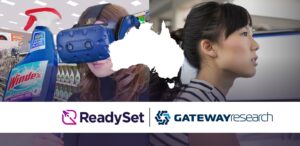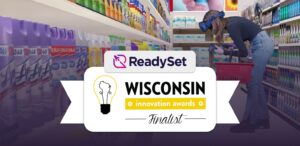6 New Uses for Virtual Reality in Retail Planning
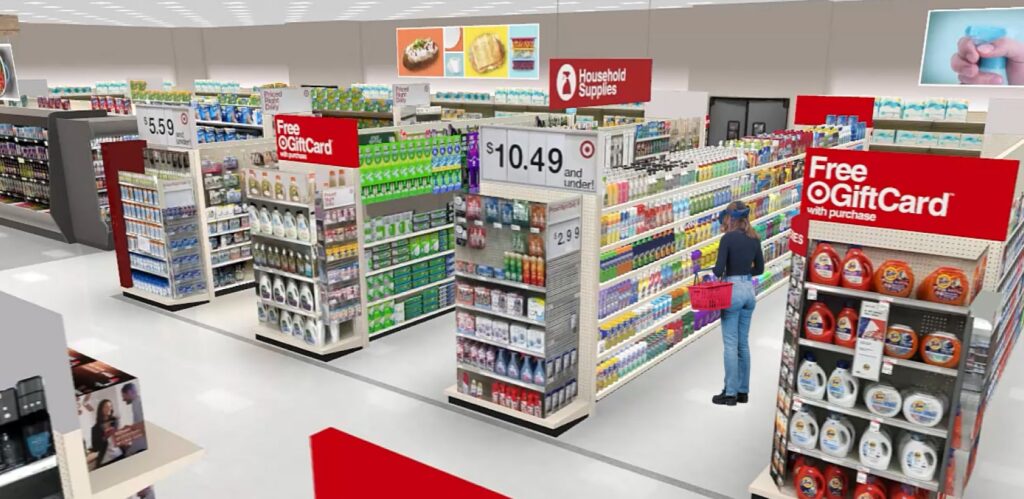
Top brands and retailers are taking advantage of VR for store planning and retail assortment planning.
Retail space planning has traditionally required significant investment in physical spaces, equipment and products. With each category, product promotion, and display messaging needing to be shopper tested and approved before its implementation. This slow, costly process often leads to decisions based on assumptions that do not meet sales performance expectations.
Fortunately, there are new retail technology solutions that provide brands with better methods to establish successful in-store concepts. In fact, many top brands and retailers are already leveraging virtual reality solutions for improved store planning and innovation.
Virtual reality retail planning software utilizes immersive store environments to accurately plan, visualize and test your shopping experiences before physical investment. Here are 6 ways that brands and retailers are using virtual reality solutions to efficiently develop in-store planning strategies.
1. Easily execute retail merchandise planning
There are numerous product categories in every retailer and each requires an assortment planning process. It can be difficult to create assortments and planograms that are optimized for all different types of stores.
Virtual reality planogram software offers quick assortment planning in retail for category managers. Efficiently build in-store 3D merchandising concepts without hassling with inventory management or space constraints.
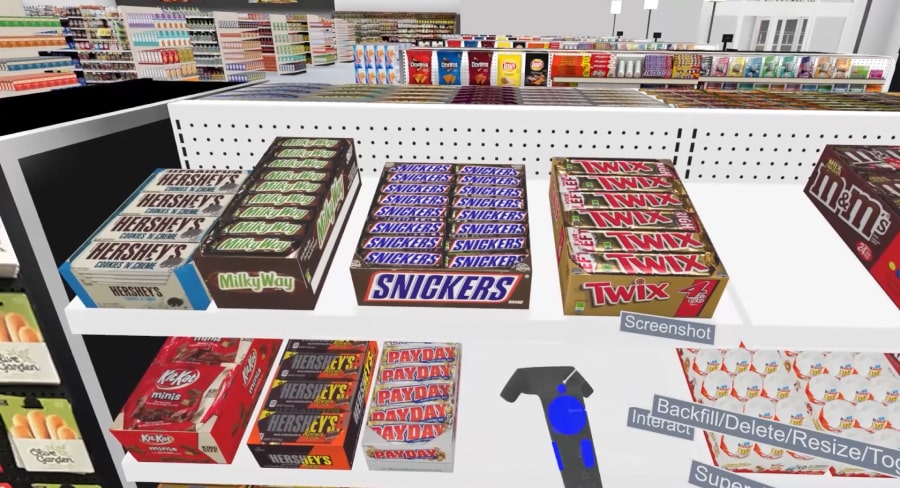
2. Accurately plan store layouts and create floor plans in VR
Virtual reality allows retailers to design an entire retail store floor plan using adjustable digital assets. The store design can be completely created online using 3D model fixtures, signage and products.
Not only are these retail floor plans in VR at real-life scale, but they can be realistically experienced before implementation. VR model store environments provide a 3D, immersive shopping experience that imitates the physical world.
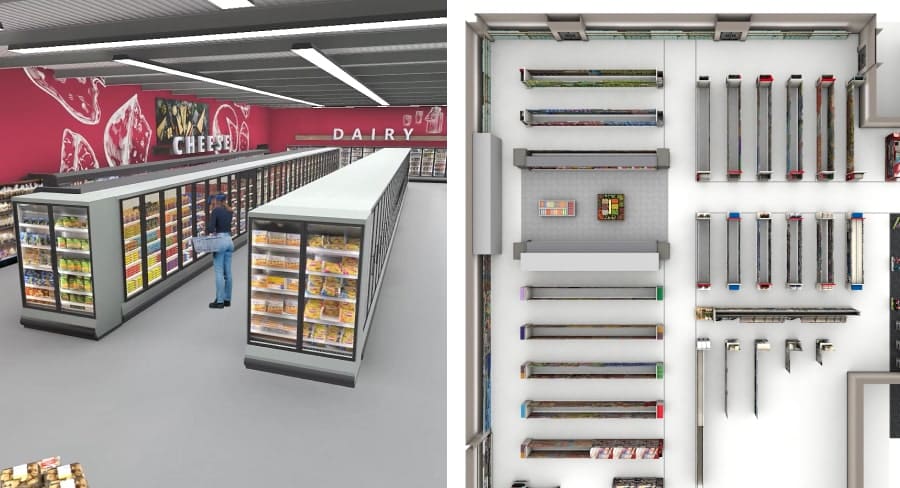
3. Design retail front end space and product assortments
The impulse purchases made at checkout areas of grocery stores and other retailers are often highly profitable. Front of store space also establishes traffic flow which is a big contributor to customer experience and satisfaction.
This means that the design of store checkout areas is incredibly important for retail business success. A VR Front End Builder offers a way for brands to build, merchandise, and test their retail checkout experience. It allows retailers to do their best at keeping up with consumer behaviors that evolve post-pandemic and to new technology.
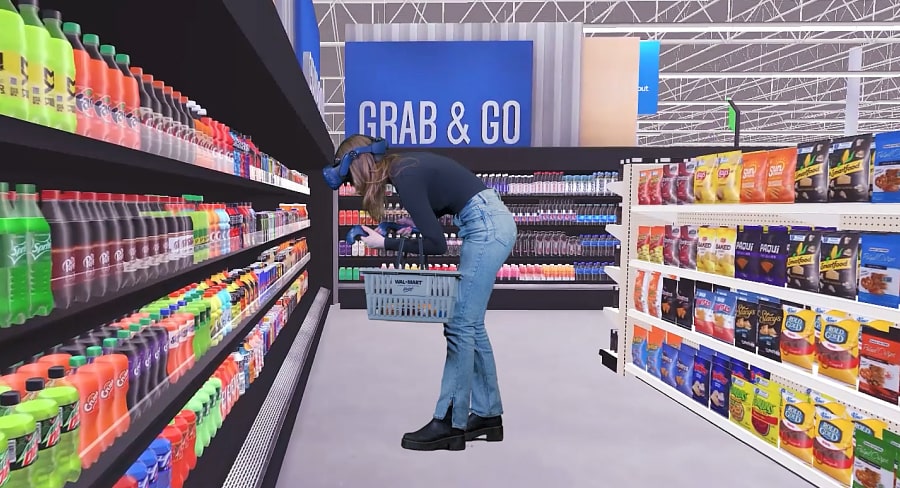
4. Conduct cost-effective market research with authentic insights
In order for retail assortment recommendations to achieve buy-in and succeed, they must be supported by accurate research. Unfortunately, traditional shopping surveys can be costly and impractical. This has led to many companies turning to online survey market research. Although online surveys are easy to execute, they often provide unreliable consumer data.
New virtual reality research tools make it easy to conduct shopper studies and generate accurate customer insights. There are reliable in-person and online VR research methodologies that generate better shopper data than conventional surveys.
In-person virtual reality market research uses eye-tracking VR headsets to conduct shopper studies. Individuals enter into virtual environments where they can explore products while the advanced hardware gathers real-time insights.
There are also online virtual research methods with remote respondents on a computer. Shoppers navigate and make purchases within 3D stores as their mouse navigation and clicks are recorded.
![]()
5. Enhance retail employee training with VR simulation
We all know that watching examples of how to perform different retail processes is not the best way to retain knowledge. Use of videos or job shadowing is not a foolproof training method because it does not allow the learner to be hands-on in making decisions.
New virtual reality training solutions for retail companies are proven to be effective in improving employee knowledge retention and decreasing training costs. VR training solutions allow employees to physically make in-store decisions and comfortably transition to real life activity because they have already done it. This virtual reality training software can assist retail employees in development of soft skills, product knowledge, retail selling and more.
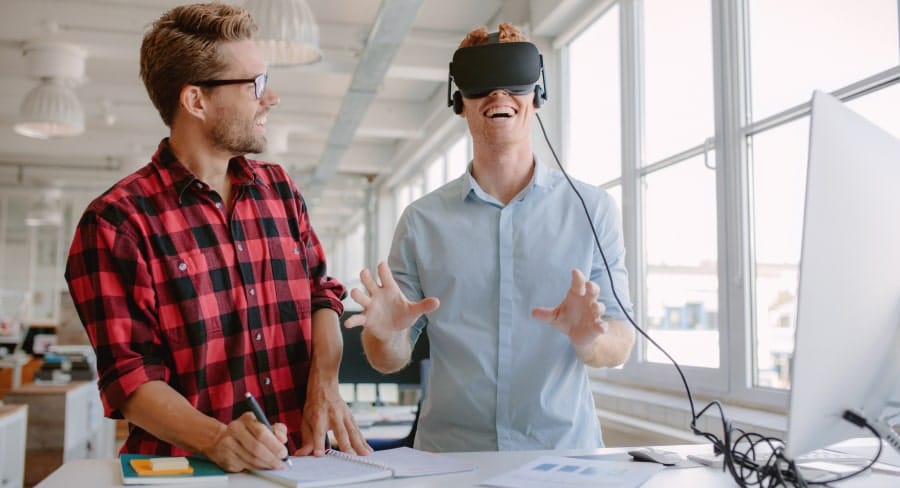
6. Present in-store concepts through engaging visuals
Standard retail PowerPoint presentations include some images, insight data and maybe a video. Although this is an established retail presentation and product pitch method, it is not very engaging for the audience.
In order to offer a retail buyer presentation that stands out from competitors, demonstrate your organization as a category innovator. Through virtual reality retail design presentation tools, companies can import spectators into the retail experiences they want to show off. This allows brands to realistically showcase innovations using 3D visualization within the retailer by only a few simple clicks.
Subscribe to our newsletter
Get our blogs and the latest retail news delivered to your inbox monthly.
Recent Posts
8 Benefits of Virtual Reality Employee Training in Retail
Improve retail employee product knowledge, skills and process performance with realistic job simulations in virtual reality training software. Retailers strive to create the best retail training programs for employees because their actions have an incredible influence on the shopper’s store experience. Organizations use numerous retail training methods to educate their employees, including workbook readings, online…
ReadySet and Gateway Research partner to bring VR retail innovation technology to Australian Market
Gateway will be utilizing ReadySet virtual reality solutions to assist CPGs in Australia on retail planning and research. ReadySet Technologies, a virtual reality (VR) retail planning software company based in De Pere, Wisconsin, USA, who provides digital innovation tools to consumer brands, has announced it is partnering with Gateway Research, a Sydney, Australia based market…
ReadySet Technologies Selected as Wisconsin Innovation Awards Finalist
Virtual reality retail solutions provider, ReadySet, was selected as one of 30 finalists for the 2022 Wisconsin Innovation Awards. “We are excited to announce that ReadySet was selected as one of the 30 finalists for the Wisconsin Innovation Awards”, said Steve McLean, ReadySet CEO. “We congratulate all of the finalists who are demonstrating that organizations…


